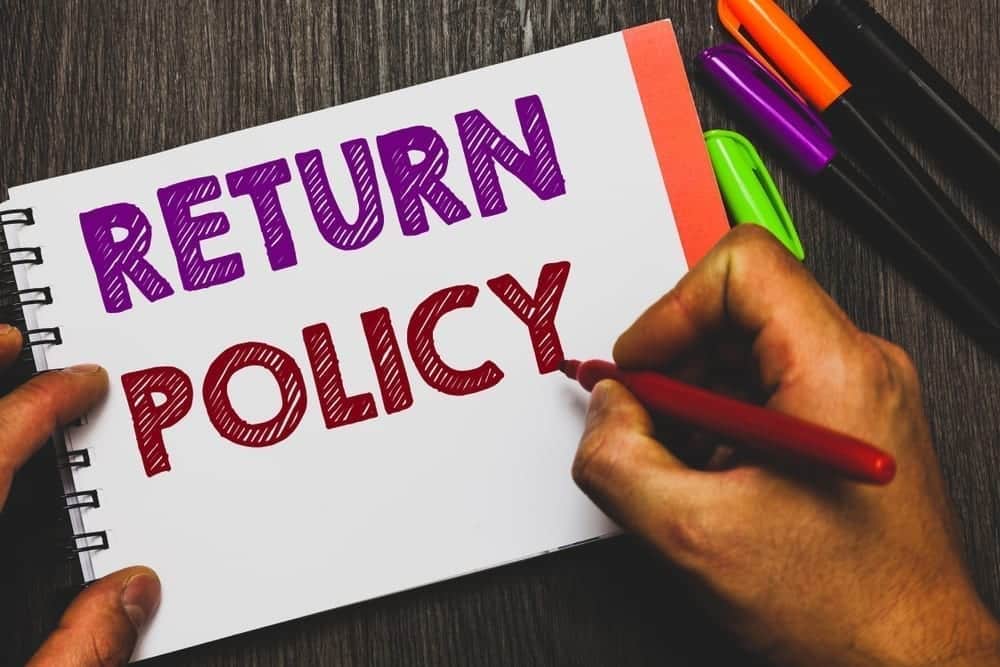3 Ways to Improve Your Bottom Line Through Reverse Logistics

When it comes to business, few things are more important than a healthy bottom line—in fact, you might argue that nothing is more important. Unfortunately for many companies that operate in B2B or B2C retail, returns are an inevitable and potentially costly part of doing business. If you’re not managing your reverse logistics process appropriately, they can create a serious drag on your profitability. In the B2C retail industry, online shopping has caused returns to skyrocket from an average of around 8-10% before to more than 30% today.
Rather than letting returns bring your profits down, here are three ways you can actually improve your bottom line while meeting your customers’ needs for returned items.
1: Use Data to Your Advantage
One of the most critical tools you have at your disposal is data. Using data in the right way can actually help you improve profits by eliminating waste in the reverse logistics process. You should be running reports regularly that help you visualize and measure:
- Total number of returns
- Specific products or product categories that are returned at above-average rates
- Reasons for each return (categorized to make it easier to digest)
- Total shipping costs for returned items
- Total number of touch points in the reverse logistics process
- Average time to disposition (return to stock, return to vendor, recycling, disposal) in the returns process
- Average cost per return
2: Track Every Returned Item
Most companies find that the vast majority of returned items can be resold to customers, either at a discounted price or in some cases at full retail price (unless you work in a very specialized industry where items that go out can never be reused). The key to recouping the most amount of money from a returned item is time—it must get through the returns process quickly and efficiently so it can be restocked and resold to another customer right away. The longer it sits on your warehouse shelves, the less value it has on the resale market.
Using reverse logistics software can help you track items from the minute they leave the customer’s hands to the minute they are available for resale, and help you spot delays that could be costing you a lot of money.
3: Improve Customer Satisfaction
As the prevalence of online shopping has increased, so have customer expectations. Many customers today will not purchase an item if there is no return policy. However, simply allowing returns is not enough to excel at customer service. It’s also important that you can get returned items through your process efficiently so the customer gets an exchange, refund, or store credit as quickly as possible. Having reverse logistics software that tracks items from start to finish and provides frequent (and automated) updates about the returns process helps customers know what’s going on and feel confident about their return. It can lead to higher customer loyalty and better future sales.
To learn more about how reverse logistics software could turn your current costly returns process into a way to make more money, talk to ReverseLogix today.
